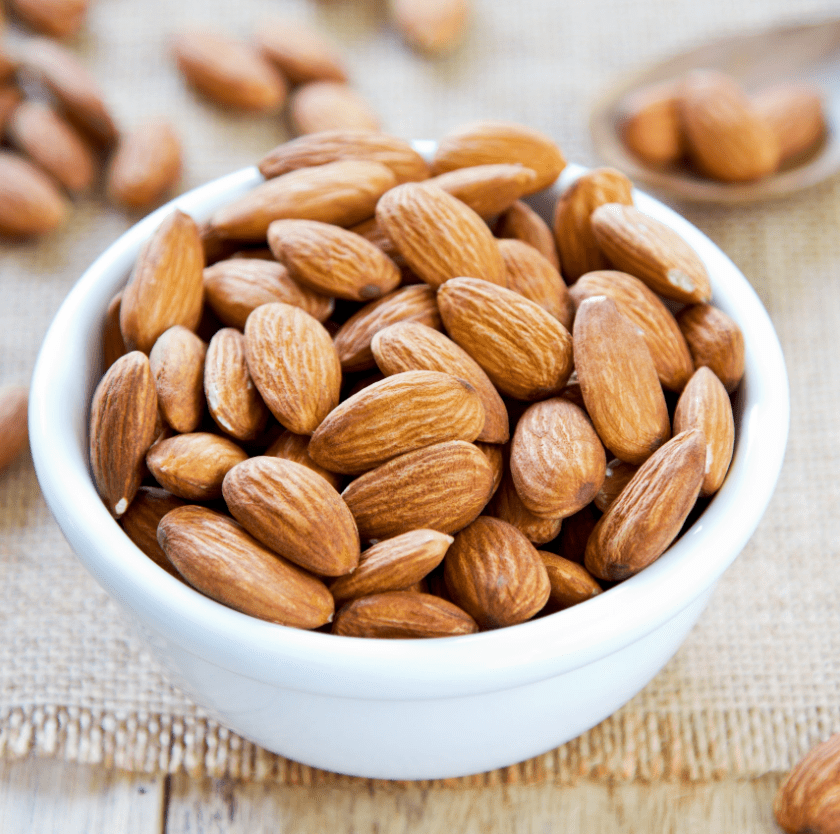How Much Dry Fruits to Eat in a Day:
The Ultimate Guide to Daily Dry Fruit Consumption: How Much is ‘Just Right’?
How Much Dry Fruits to Eat in a Day, As people try toupgrade their diets in a bid to enhance their nutrient intake, most times they rush to nutrient-dense foods. Of these choices, dry fruits are much more popular because they have a lot of nutrients and are mouthwatering. But moderation needs to be used as these are small packages but the packages can also be packed with calories and sugars due to the nutrient-rich foods. That is the reason why, in this particular blog post, I will let you know how many dry fruits you can eat in order to reap the most of the possible benefits and avoid an overload of them.
Education on the Advantages of Dry Fruits
Dry fruits are fruits that are often dehydrated so they do not contain most, if not all, of their moisture content. This process condenses the nutrients and sugars, and therefore they can be said to be a concentrated source of vitamins, mineral and antioxidants. Here’s a closer look at some common dry fruits and their benefits:Below are the detailed explanations for some of the dry fruits:Almonds: Loaded with Now Foods nutriscouts healthy fats, fiber, protein, magnesium, and vitamin E for hearty health and harbor blood sugar-regulating properties.
Walnuts: Omega-3 fatty acids, antioxidants and the ability to reduce inflammation are some of the nutrients that are abundantly found in them. They enhance the welfare of the brain and reduce the likelihood of developing chronic diseases.
Dates: Dates are a source of fiber, potassium and have little content of cholesterol. In the present time, dates are thought to be favorable for the digestion systems and they do provide one with natural energy.
Raisins: Raisins are a rich source of fiber, potassium and iron. They aid in digestion and, at the same time, can be used in the management of normal blood pressure.
Buy premium cashew online from Ebaaka.
Pistachios: They have rich fiber, protein and antioxidant compounds. That pistachios have an impact on weight management and glycaemic load is a fact.
Despite the fact that dry fruits are rich in considerable amounts of vitamins and other nutrients, the calorie and sugar content in these products is considered to be very high. If one consumes many dry fruits, this means that calories will increase, which can cause one to gain weight and also increase in blood sugar levels. As a result, they should be taken in moderation!Recommended Daily Intake
However, the quantity of dry fruits which should be taken in a day may depend on the calorie intake for the day, the level of physical activities, and the goal of taking the dry fruits. However, general guidelines can help set a framework for consumption:However, general guidelines can help set a framework for consumption:Almonds: Actually, a serving size seems to be about 23 almonds and one serving contains 6 grams of protein and 14 grams of fat, which are classified as monounsaturated fats.
Walnuts: One serving of walnut halves is 14 walnut halves, or about 1 oz. This serving size provides about 185 calories and is chocked with omega-3 fatty acids.
Dates: Having 2 to 4 dates a day serves a good purpose as it will provide the health benefits of the dates without having to consume much of the sugars. Approximately 20 calories are consumed in each of the dates.
Raisins: A serving is estimated to be one-fourth cup, or about 40 grams of raisins and it contains approximately 120 calories.
Cashews: 15–18 cashew per day should be considered optimal, the food yields almost 160 calories, rich in healthy fats and minerals.
Pistachios: There you have it: roughly 49 pistachios per one-ounce serving, which contains nearly 160 calories.
Explaining the Level of Dry Fruit Consumption
Several factors can influence how much dry fruit is ideal for an individual:Several factors can influence how much dry fruit is ideal for an individual:Dietary Goals: You may need to avoid the consumption of dry fruits if you are on a weight loss regime, as most of the fruits are high in calories. On the other hand, if one is involved in weight gaining regimes, or looking for techniques to boost energy, the uptake of such foods could be slightly more encouraging.
Physical Activity: Sedentary people must know that they need more calories and nutrients and thus the allowance for more dry fruits.
Medical Conditions: Hypertensive patient, diabetic patient, and patients with heart problem should be very careful of types and quantity of dry fruits they consume. If such conditions are seen, the help of a doctor or nutritionist should be sought.
Some Handy Suggestions Regarding the Use of Dry Fruits
Snacking Smart: Instead of grabbing chips or candies, go for some mixed dry fruits, some times even a few almonds would do. It has good crispiness and sweetness in all their products.Breakfast Boost: Hot cereal? Mix in your favorite nuts, such as almonds, walnuts or sumptuous raisins, with your cereals or yogurts.
Homemade Trail Mix: Enjoy trail mix, using any dry fruits you prefer, with a few pieces of dark chocolate or seeds for a well-packed snack.
Salad Enhancer: Ensure that you include things like cranberries, raisins or even chopped dates to your salads to give them a sweet twist.
Portion Control: When packing the dry fruits, ensure that they are packed in small containers or bags, depending on the size of your portions. This assists in the avoidance of over eating.
Conclusion:












